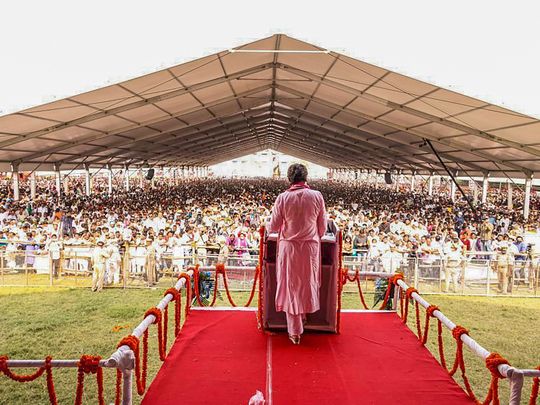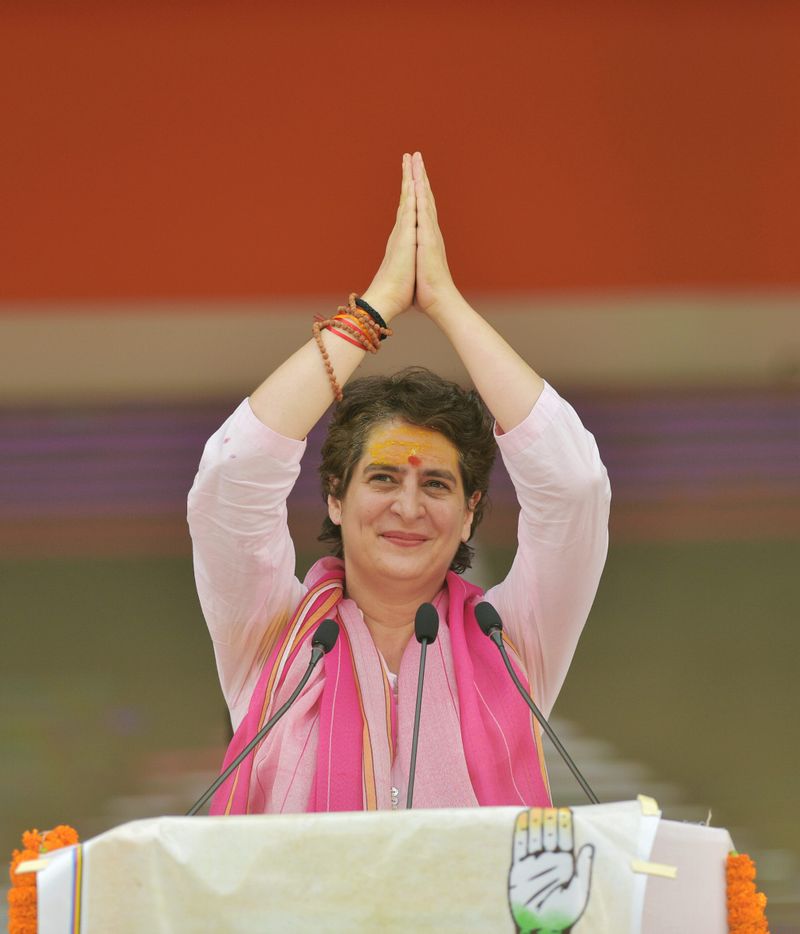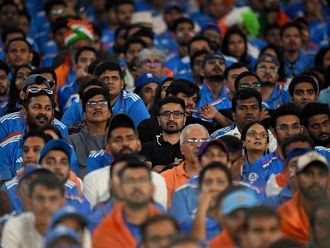
In January 2019, when Priyanka Gandhi Vadra formally joined active politics, New Delhi-based media went ecstatic. Seeing the buzz around Priyanka, one of the BJP strategists, poker-faced, asked, “Has she joined Congress to help her brother or her husband?”
It was a layered and scathing question. Priyanka’s husband Robert Vadra is facing cases of questionable land transactions while Rahul Gandhi hasn’t been successful, yet, in establishing supremacy in the Congress party despite bearing a Gandhi last name.
In 2019, Priyanka’s maiden political venture failed as Congress won just a solitary seat of her mother Sonia Gandhi (from 80 Lok Sabha seats of Uttar Pradesh). Her much talked about Indira-Gandhi-looks, charisma and electoral management couldn’t save even the family fiefdom of Amethi for Rahul Gandhi.
However, quite strangely, while leaving behind the “national issues” for her brother in New Delhi, Priyanka — by all accounts a Delhi resident — is trying to be the provincial leader of Lucknow, UP. Normally Indian politicians go national from provinces. Priyanka’s UP plan is an experiment in reverse.
Her biggest handicap may be that she lacks a deep connect with the Ganga Belt.

However, it is worth appreciating that she is trying hard to be a UP-wali. She speaks up everytime Chief Minister Yogi Adityanath bungles or the state police botches up matters of public importance.
On Oct. 3, four farmers were mowed down by a speeding car owned by the Union minister Ajay Mishra in Lakhimpur Khiri in UP.
According to the police, Mishra’s son Ashish was in the car when the incident took place. Priyanka acted swiftly in offering a political response. Due to her strong response, the UP police were forced to arrest the minister’s son.
Recently she addressed a well-organised public rally, recited popular Sanskrit verse Ya Devi Sarvabhuteshu Shakti Rupen Sansthita (Shloka in praise of deity) and chanted Jai Mata Di greetings from the podium. It looked like a case of adopting Hindu symbolism that Modi and his party have practised all along.
Between Punjab and UP
Priyanka needs to overcome the recent mishandling of Punjab politics. Her support for Navjot Singh Sindhu came under heavy scrutiny.
However, the swift response to Lakhimpur incident has created buzz around Priyanka as the all-important UP-state assembly elections are a few months away.
The critics of BJP and Yogi have started talking about, “Ab Congress yahan khadi ho rahi hai.” (Finally Congress is reviving in UP)
The question is whether Priyanka can get traction by protesting the politics of Yogi? The answer isn’t too hard to find.
BJP, with 312 seats and 39.67% vote share in UP won the 2017 assembly election on the twin political plank of religious identity and fierce nationalism. With Yogi as CM, there is a ruthless command and control system in place for the ruling party. RSS’s enviable network in UP makes BJP’s political network the strongest among all.
And, above all Prime Minister Narendra Modi’s Lok Sabha constituency falls in Varanasi. While Yogi’s claims may be boastful and the achievements of his government hyped but BJP’s presence and network on ground are undeniable.
The other main party Samajwadi Party, won 47 seats and 22.2% vote share. The party is focused on its core constituency of Yadavs and Muslims. Meanwhile Bahujan Samaj Party’s Mayawati (won 19 seats and 21.8% votes in 2017) is weakening as her leadership is mired in corruption.
Strategically important voter groups
UP’s strategically important voter groups are Jatavs, Muslims, Yadavs and Brahmins. For these voters, Congress’s political plank is as vague as it could be.
Among the non-BJP parties, SP has better credibility in fighting for secular causes. Brahmins had deserted the Congress much before Modi arrived in Varanasi.
Priyanka is currently eying Dalit votes as Mayawati is losing grip on the turf. But non-Jatav Dalits have started voting for the BJP for some time while Jatavs are unlikely to completely abandon BSP.
There is lot to fight against Yogi’s rule but in UP, only caste and religion dominates political debates. Priyanka’s Congress continues to be on weak wicket in “appeasing” important castes.
Priyanka’s aggression may help the Congress in Punjab as the victims of Lakhimpur are Sikhs but it might alienate Brahmins from Congress in Terai region around Lakhimpur. In UP politics, moral issues often take a back seat when caste considerations come into play.
The accused family of Mishra, even though he isn’t a heavyweight Brahmin leader, will play caste card to retain its voters-base.
Brahmin voters of UP are the toughest group to crack. They go with perceived winners. In 2019 election, according to a CSDS-Lokniti study, 82% of UP Brahmins voted BJP.
Priyanka Gandhi Vadra’s prospects must be assessed considering three rival parties’ actual position in UP and not by her acquiring any higher moral ground for herself.
Unless people revolt completely against incumbent Yogi and against the BJP, Priyanka can only concentrate over how to increase her party’s strength from seven seats in the 403 strong UP assembly. Also, if she tries to punch above her weight, any prospects of alliance with the SP won’t realise. That would be advantage BJP.
Wall-to-wall media coverage to Priyanka in this round is a matter of envy for the BJP but as long as the opposition in UP remains disunited, Priyanka’s own prospects can’t improve. Also, there remains fear of the Congress cutting into the SP votes who have a much stronger and credible position in the battlefield to challenge the BJP.








